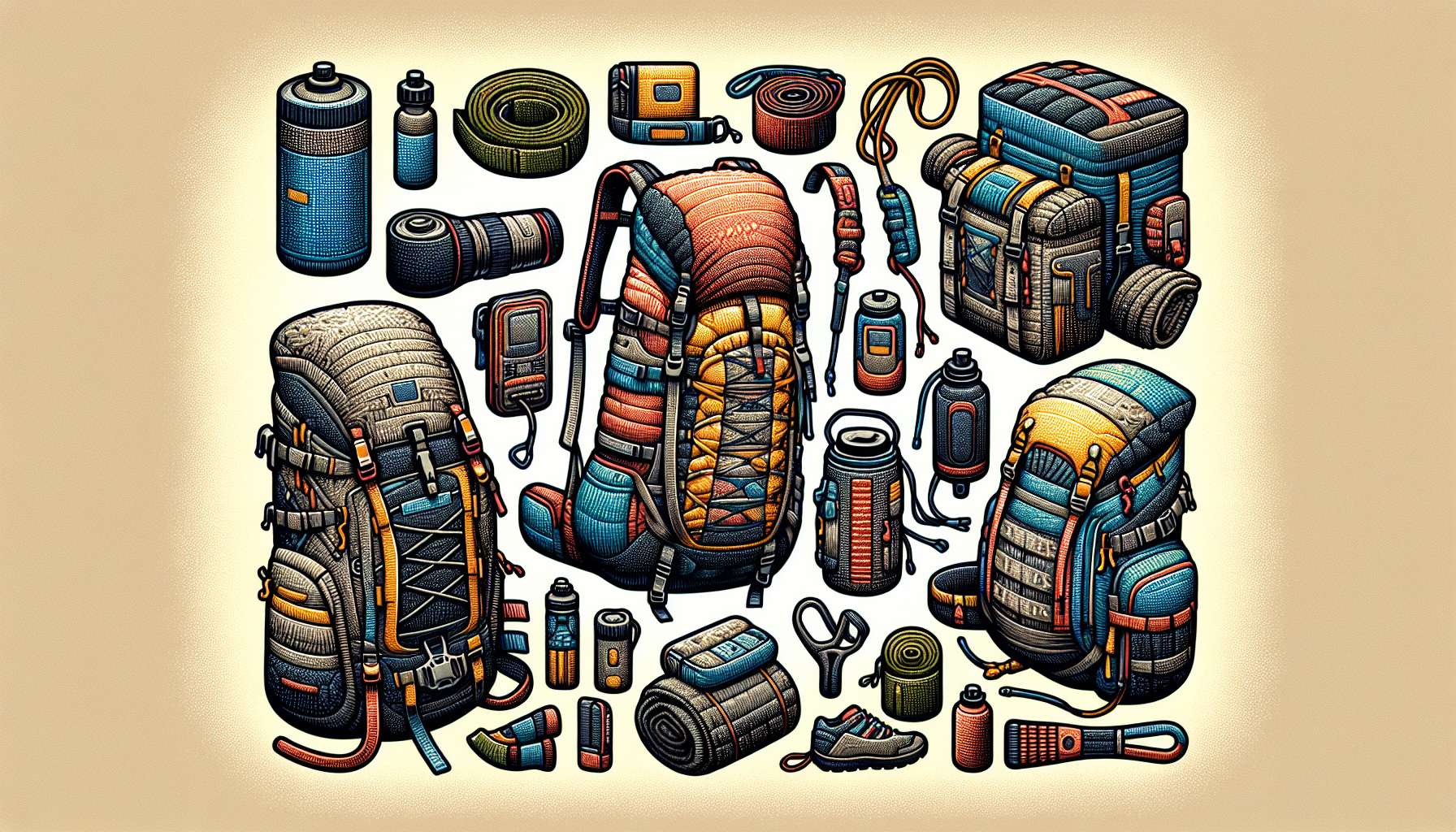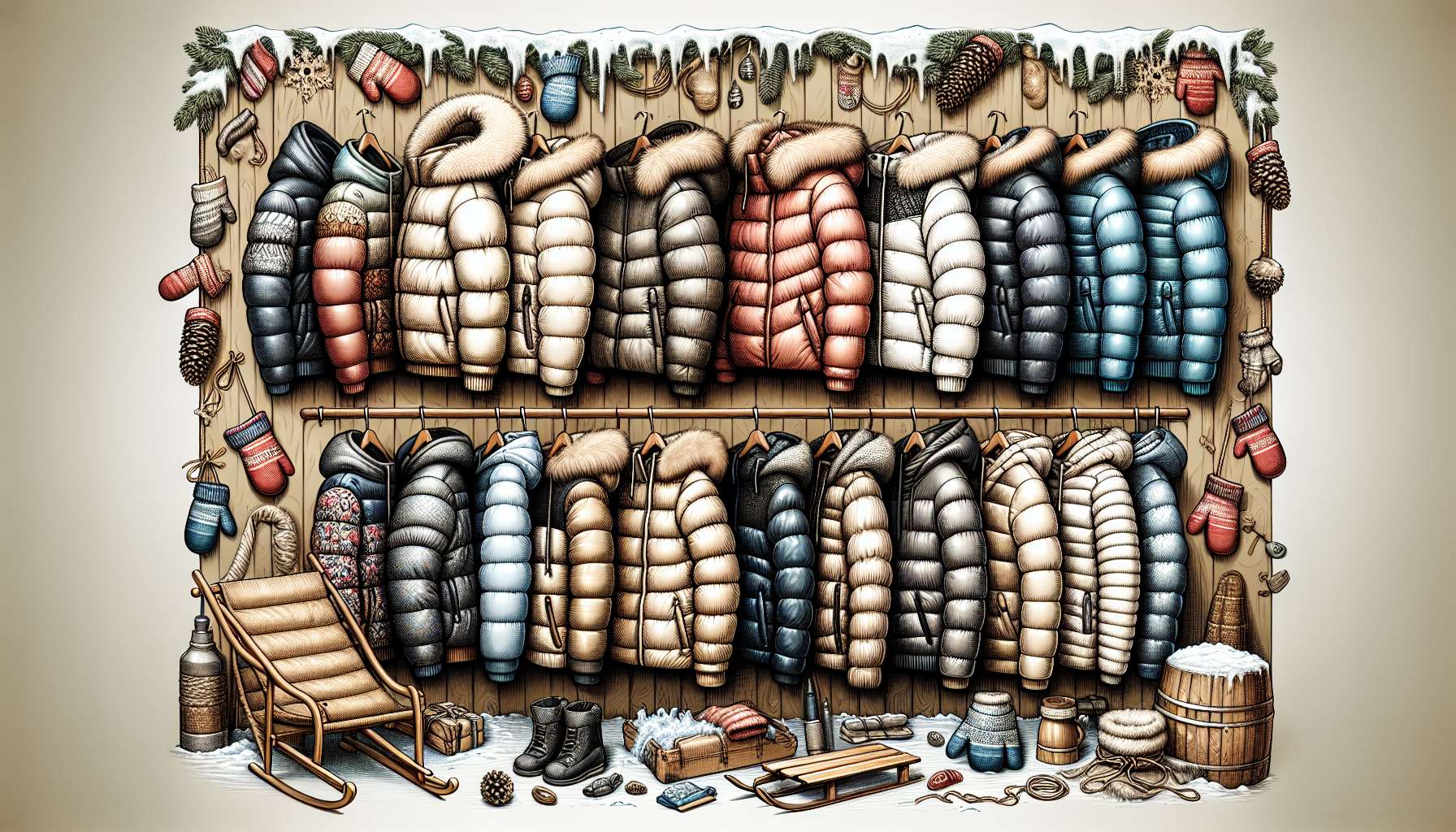Exploring the World of Mountaineering Backpacks
Mountaineering is a thrilling and challenging adventure sport that requires careful planning, precise equipment selection, and immense physical and mental strength. Among the essential gear for any mountaineer is a reliable and durable backpack. Mountaineering backpacks come in various sizes, designs, and functionalities, catering to different types of climbers and expeditions. In this comprehensive guide, we will delve into the world of mountaineering backpacks, exploring their history, features, uses, and importance in the realm of outdoor pursuits.
The Evolution of Mountaineering Backpacks
Mountaineering backpacks have a rich history that dates back to the early days of exploration and adventure in the mountains. In the past, climbers often used rudimentary bags or sacks to carry their belongings, relying on basic design and materials. However, with advancements in technology and materials, mountaineering backpacks have evolved significantly over the years.
Modern mountaineering backpacks are specially designed to withstand the harsh conditions of high-altitude environments, offering features such as waterproofing, adjustable straps, padded back panels, and multiple compartments for organized storage. These backpacks are also made from lightweight yet durable materials like ripstop nylon, Cordura, and Dyneema, ensuring that climbers can carry their gear comfortably and securely.
One of the key innovations in mountaineering backpack design is the introduction of ergonomic suspension systems, which help distribute the weight of the pack evenly across the wearer’s body. This is crucial for long expeditions where climbers need to carry heavy loads while maintaining balance and stability on challenging terrain.
Types of Mountaineering Backpacks
There are several types of mountaineering backpacks available on the market, each designed for specific purposes and preferences. Some of the most common types include:
1. Daypacks
Daypacks are small, lightweight backpacks designed for short hikes or day trips. They typically have a capacity of 20-30 liters and are ideal for carrying essentials like water, snacks, a first aid kit, and extra layers of clothing. Daypacks are popular among casual hikers and climbers who do not need to carry a lot of gear.
2. Overnight Packs
Overnight packs, also known as weekend packs, are medium-sized backpacks with a capacity of 30-50 liters. These packs are suitable for overnight trips or weekend excursions where climbers need to carry extra gear like a sleeping bag, tent, stove, and food. Overnight packs offer more storage space and organizational features compared to daypacks.
3. Expedition Packs
Expedition packs are large, heavy-duty backpacks designed for extended trips lasting several days or weeks. These packs have a capacity of 50 liters or more and are built to carry bulky and heavy gear like climbing ropes, ice axes, crampons, and mountaineering tents. Expedition packs are essential for high-altitude climbs and expeditions to remote locations.
4. Technical Packs
Technical packs are specialized backpacks designed for technical climbing routes that require specific gear like helmets, harnesses, and climbing hardware. These packs are typically slim, lightweight, and feature attachment points for securing equipment. Technical packs are popular among alpine climbers and ice climbers who need to move efficiently on challenging terrain.
Key Features of Mountaineering Backpacks
When choosing a mountaineering backpack, there are several key features to consider to ensure that the pack meets your specific needs and preferences. Some of the essential features to look for include:
1. Capacity
The capacity of a mountaineering backpack is measured in liters and determines how much gear you can carry. Choose a pack with a capacity that matches the length and difficulty of your expedition. Daypacks are suitable for short hikes, while expedition packs are ideal for extended climbs.
2. Fit
The fit of a backpack is crucial for comfort and stability while climbing. Look for packs with adjustable straps, padded hip belts, and ergonomic shoulder harnesses to ensure a customized fit. A well-fitted backpack will reduce strain on your back and shoulders during long hikes.
3. Durability
Mountaineering backpacks are subjected to rough conditions like rocks, ice, and rough terrain, so it is essential to choose a pack made from durable materials. Look for backpacks made from ripstop nylon, Cordura, or Dyneema, which are lightweight yet tough enough to withstand the rigors of climbing.
4. Weather Resistance
Weather resistance is another critical factor to consider when selecting a mountaineering backpack. Look for packs with waterproof or water-resistant coatings to keep your gear dry in rainy or snowy conditions. Some backpacks also come with integrated rain covers for added protection.
5. Organization
Organizational features like multiple compartments, pockets, and gear loops are essential for keeping your gear organized and easily accessible. Look for backpacks with dedicated compartments for items like water bottles, climbing gear, and electronics to prevent them from getting lost or damaged.
6. Ventilation
Proper ventilation is crucial to prevent sweat buildup and discomfort while wearing a backpack. Look for packs with breathable mesh panels, ventilated back panels, and moisture-wicking materials to keep you cool and dry during strenuous climbs.
Choosing the Right Mountaineering Backpack
With so many options available, choosing the right mountaineering backpack can be a daunting task. To make the selection process easier, consider the following factors:
1. Trip Duration
Determine the length of your expedition to choose a backpack with the appropriate capacity. Daypacks are suitable for short hikes, while expedition packs are ideal for multi-day climbs.
2. Terrain and Conditions
Consider the terrain and weather conditions of your climb to select a backpack with the necessary features. Technical climbs require specialized packs, while high-altitude expeditions demand weather-resistant and durable backpacks.
3. Comfort and Fit
Try on different backpacks to find one that fits comfortably and securely on your body. Look for packs with adjustable straps, padded hip belts, and ergonomic design to ensure a personalized fit.
4. Weight Distribution
Pay attention to how the weight is distributed in the backpack to prevent back strain and discomfort. Choose a pack with a well-designed suspension system that evenly distributes the load across your body.
5. Budget
Set a budget for your backpack purchase and research different brands and models within your price range. Invest in a high-quality backpack that meets your needs and offers durability and performance.
Expert Opinions on Mountaineering Backpacks
To gain further insights into the world of mountaineering backpacks, we reached out to renowned mountaineers and outdoor gear experts for their opinions on choosing the right pack for climbing expeditions.
1. Alex Honnold
“When choosing a mountaineering backpack, I look for a combination of durability, weight, and functionality. A pack that can withstand the rigors of climbing while being lightweight and easy to use is essential for long expeditions in the mountains.”
2. Melissa Arnot Reid
“As a female climber, I pay close attention to the fit and comfort of a backpack. It’s crucial to find a pack that fits well on my body and distributes the weight evenly to prevent strain and discomfort during climbs.”
Common Misconceptions About Mountaineering Backpacks
Despite their importance in the world of mountaineering, backpacks are often misunderstood or overlooked by climbers. Here are some common misconceptions about mountaineering backpacks:
1. All Backpacks Are the Same
While all backpacks serve the same basic purpose of carrying gear, mountaineering backpacks are specifically designed for the unique demands of climbing expeditions. They offer features like weather resistance, durability, and specialized compartments that set them apart from traditional backpacks.
2. Bigger is Always Better
Many climbers believe that a larger backpack is better for carrying more gear. However, an oversized pack can be cumbersome and uncomfortable, especially on technical climbs. It is essential to choose a backpack with the right capacity for your expedition to ensure comfort and efficiency.
FAQs About Mountaineering Backpacks
Here are some frequently asked questions about mountaineering backpacks:
1. What is the difference between a mountaineering backpack and a regular backpack?
Mountaineering backpacks are specifically designed for climbing expeditions and offer features like weather resistance, durability, and specialized compartments for carrying gear. Regular backpacks are more general-purpose and may not have the same level of performance or functionality.
2. How do I clean and maintain my mountaineering backpack?
To clean your mountaineering backpack, follow the manufacturer’s instructions for care and maintenance. Use a mild detergent and water to spot clean stains, and avoid machine washing or drying to prevent damage to the backpack’s materials and construction.
To Wrap Things Up
Mountaineering backpacks are essential gear for climbers embarking on challenging expeditions in the mountains. With a wide range of options available, it is crucial to choose a backpack that suits your needs, preferences, and budget. Consider factors like capacity, fit, durability, and weather resistance when selecting a mountaineering backpack to ensure a comfortable and successful climb. Whether you are a novice climber or an experienced mountaineer, investing in a high-quality backpack will enhance your outdoor adventures and provide the necessary support for your mountain pursuits.




